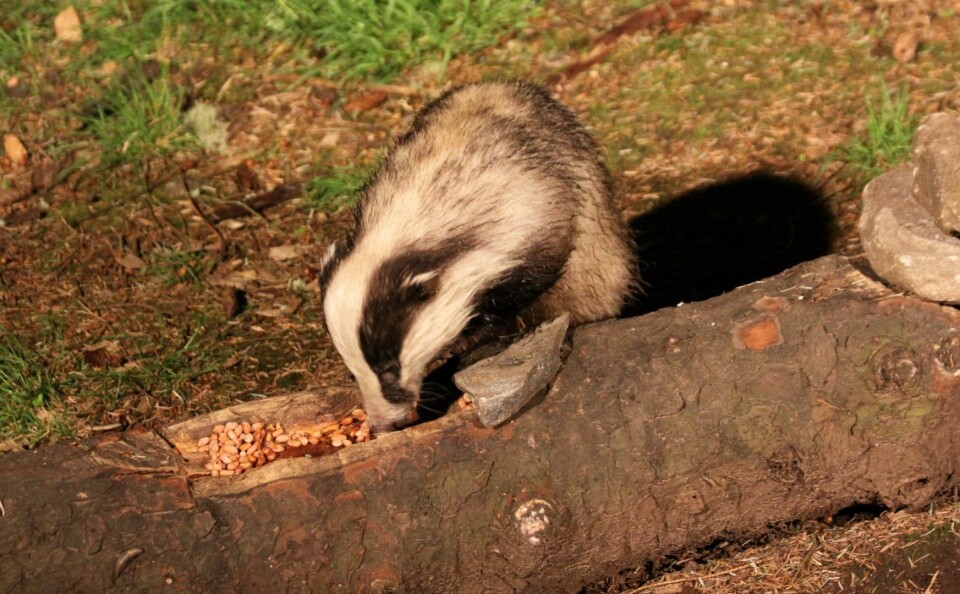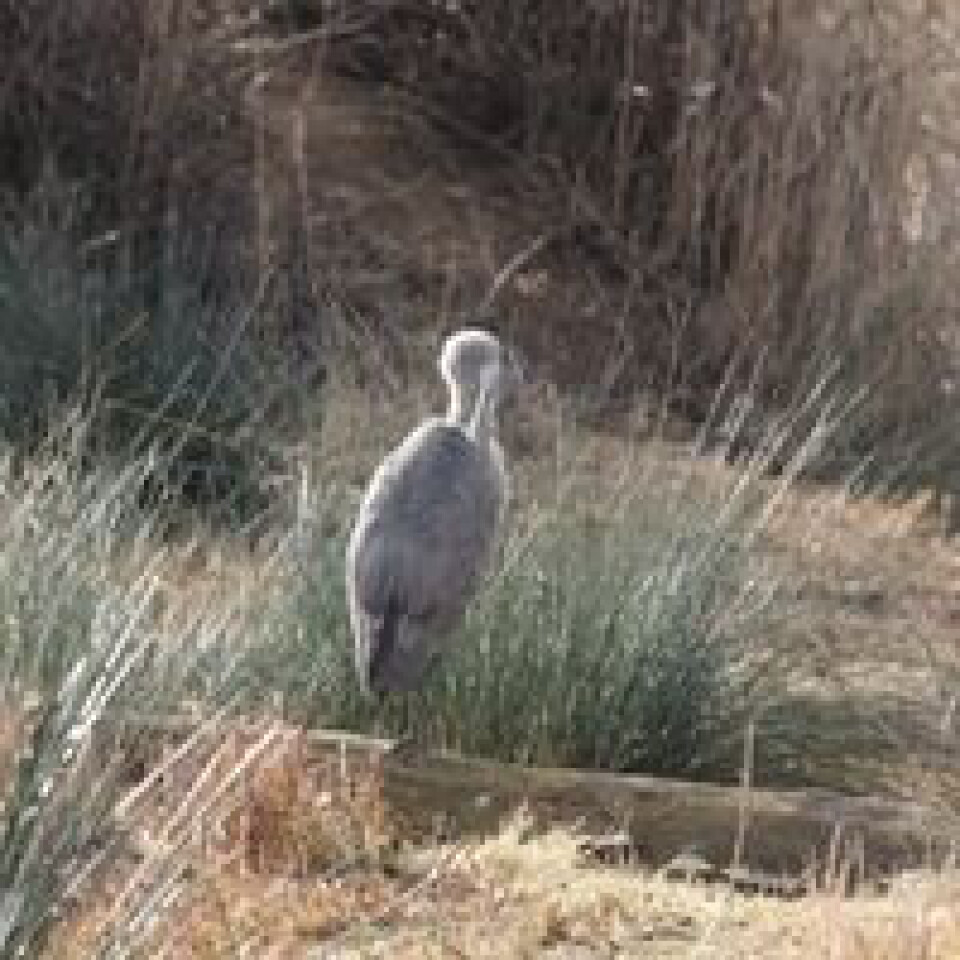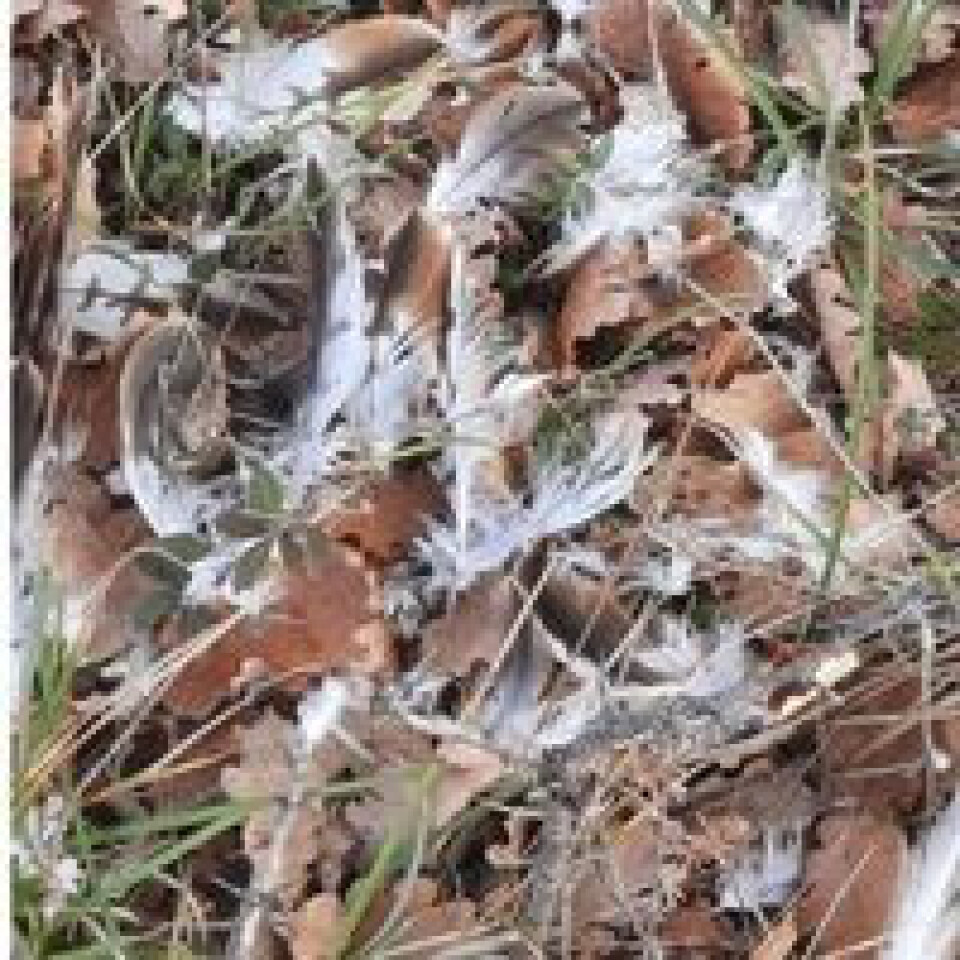-
What you should do to your garden in France in spring
Weeding, pruning, sowing, preparing the lawn…here is how to welcome sunnier days
-
Rules change for dog walking in France from April
Here is how to ensure you and your dog remain within the rules and avoid fines
-
Mimosa is pretty…but ‘posing threat to biodiversity’ in south of France
The flowers are prized in the region, but not everyone is thrilled to see their spread
Spring nature spotting in France: clues animals and birds leave behind
Jonathan Kemp updates us on his nature spotting with badger, heron and vulture sightings, plus evidence of a gruesome ambush on a Red Kite

Visiting the nearby lake towards the end of a cold afternoon I could see at some distance a large gathering of Grey herons (Héron cendré), nearly 20 of them, all standing still, hunched over stiff Prussian military men in loose formation, they had clearly fed and now were settling for the night. Herons are gregarious birds, they nest in close colonies in the tops of tall trees when the season comes.

Photo - A heron spotted by Jonathan
Here the majority were on the ground, being big birds they will be safe from nocturnal predation from foxes, and the grouping together will add the benefits of numbers.
That beak is powerful and sharp, and the bird can unleash the coiled neck and give a powerful stab if needed.
There were also a few Great Egrets (Grande Aigrette) sitting amongst them, cousins in the heron family, more elegant with longer legs and neck, easily distinguished by their white plumage.
Insects warm up with nectar
I wrote previously about the Stinking Hellebore (Hellébore fétide) being the first flowering plant in my garden. Only ten years ago it was discovered that there is a yeast that lives in the hellebore nectar which generates warmth.
This is called floral warming, and may well be an extra enticement to insect pollinators to come to the flower, not only to sip the nectar, but to warm up a little as they pay their visit.

Photo - Evidence left at a badger latrine
I usually take a little walk into the garden last thing in the evening with the dogs before we all turn in for the night.
Their noses clearly can detect many things in the dark that are invisible to me, and sometimes they bark whilst looking in a certain direction.
I have a headlamp, and as I looked towards where the dogs were pointing, up the bank above the chicken house, a pair of orange eyes blinked back at me.
At first I thought it might be a Tawny Owl (Chouette hulotte) as it seemed high in a tree.
But I was mistaken by the contours in the dark, and then I saw a badger (Blaireau) shuffling out of the bushes; it was enormous, so certainly a boar, and off it scurried in that intent sort of way that badgers have.
Badgers are hard to see, being mainly nocturnal, but last year I came across one in a field in the light of an afternoon. She was searching for prey in the grass.
Nearly 90 % of their diet can be earth worms, although being omnivores will eat just about anything they happen across; slugs, roots, nuts, ground-nesting bird chicks.
This badger was much smaller, and raggedy looking, I guess a lactating female with hungry cubs back in the den who was prepared to be out in the day in order to replenish her depleted body.
It is possible to attract badgers to your garden; like many animals they love peanuts, or peanut butter (salt-free) mixed with jam.
At the Aigas centre in Scotland they have set up a hide with lighting which it is possible to increase once the badger has started on the peanuts.
More normally the way to find badgers is to look out for their latrines, holes dug in the soil where they leave their droppings as territorial marking.
Often several related badgers will use the same latrine, which tend to be on the frontier of a territory.
First meal for Bearded vulture chick
The small vulture survey team that I am part of are excited to witness that we now, after many years of a conservation project, have two active Bearded vulture (Gypaète barbu) nests in the Aude, one of which has a chick that has already hatched.
We observe from a considerable distance, nearly 800metres, and cannot actually see into the nest but occasionally catch a glimpse of the tail and wings of the adult bird in the nest.
Most of the time the adult is horizontal, perhaps turning the egg every few hours, during the first period as she – mainly – hatches out the egg (couvaison).
A week ago she was seen with the tail and wings lifted up, the invisible head lower down making very small movements. This means she was feeding the newly hatched chick (poussin) its first meal, tiny little pieces of a prey item.
We then wait to see the partner flying in, sometimes carrying food either in its crop (jabot) or in its talons; the two birds will change places and the arriving bird may feed and then brood the chick, keeping it warm in the cold places that these mountain birds choose to nest in.
For these very large, slow growing birds, patience is needed by the watchers as well as the parents.

Photo - Feathers from the Red Kite ambush
Walking near my home I came across a scattered carpet of feathers mixed in with the leaves.
Clearly the scene of predation from the day before, but there was no sign of a body, not surprising as any scraps will be cleared away by a fox overnight.
Some were large wing feathers, I thought at first from a Buzzard (Buse variable) but an expert friend tells me much more likely to be from Red Kite (Milan royal).
I collected the feathers, and seeing that they had been plucked from the body, not bitten off, indicates that the predator was another bird, not a mammal.
By far the most likely culprit, if that is the right word for a natural event, must be an Eagle owl, (Grand duc).
Nocturnal hunters, the owl must have seen the roosting kite on a tree, and killed, plucked and eaten its fill of the prey then and there, or even, just possibly, carried some back to its mate sitting on her nest, eagle owls being early nesting birds like vultures.
Related articles
Should foxes still be classed as ‘pests’ in France?
Birdwatcher’s guide to France: Nature reserves, parks and trails
Sea eagles to be released over Lake Geneva after 130-year absence
























